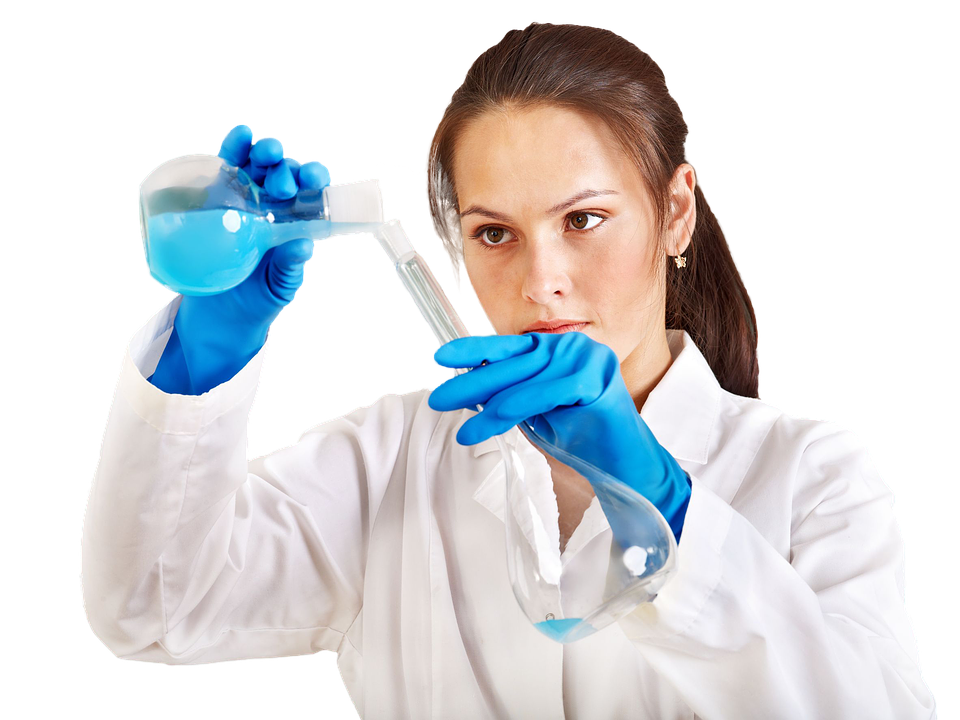Essential Features of UHPLC and HLPC Columns

Analytical chemistry is important and you should try to understand it in details. The identification, quantifying, and the separation of various matters across the globe is best explained by analytical chemistry. It is also good for you to be aware of the fact that analytical chemistry techniques are vital in the isolation of analytes. It is good for you to make sure you do a qualitative analysis technique so that you are able to see different types of analytes and easily identify the ones you would like to use in your chemical analytical analysis. The numerical amount of analytes is known when a quantitative analysis is done. Visit out homepage for more information about UHPL and HPLC column features.
You should know that classical methods of analysis, wet chemical analysis methods, and modern instrumental methods are some of the common methods applied in analytical chemistry. You need to find out some of the processes that are improved by chemical analysis, for example, design analysis and chemometrics. It is good for you to make sure you understand how the medical and the engineering fields uses analytical chemistry in various processes. If you would like to have a better understanding of HLPC and UHPLC columns, you should first get to understand analytical chemistry. The following are the basic features of HPLC columns, if you want to understand how the HPLC and the UHPLC column works, then you should look at the following characteristics.
You should know that high pressure liquid chromatography (HPLC) is a popular analytics chemistry technique that identifies, quantifies, and effectively separates analytes that are found in chemical matter. The following are some of the parts of a high performance pressure liquid chromatography column you should master.
There a sampler on a HPLC column which is responsible for letting the sample mixture to enter the HPLC column. The pump is needed to allow the liquid solvent that has the sample mixture into the high performance liquid chromatography column. You need to understand that the separation of chemical substances is achieved through a chromatography process which is accomplished by a solid adsorbent material found in the HPLC column. You need to know that different chemical substances react differently with the solid adsorbent material which makes them flow at different rates out of the HPLC column.
You need to know that the HPLC column contains a detector that measures the concentration of chemical substances that are coming out of the column, therefore, makes quantitative analysis possible. It is also possible to make accurate data analysis because high performance liquid chromatography columns have digital microprocessors and user software made for that purpose. You can have effective analytes separation because you can separate analytes at different temperatures. You should find a HPLC and a UHPLC column that will make your chemical analysis flexible. For more information, click here: https://www.encyclopedia.com/science-and-technology/chemistry/chemistry-general/chromatography.



